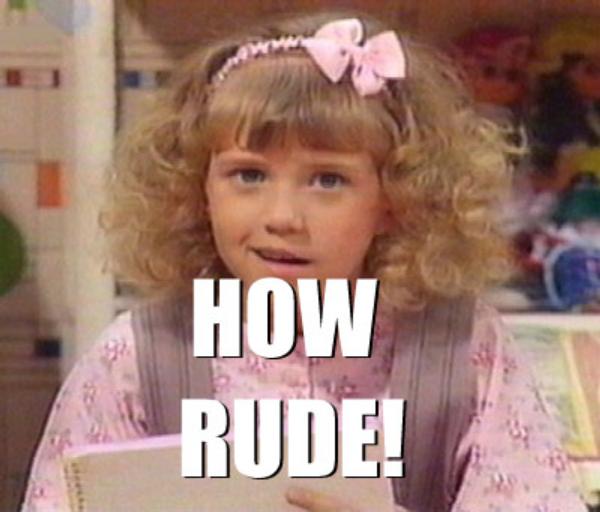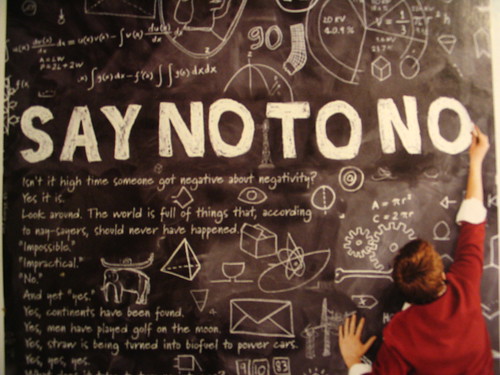
In my last post on criticism, I explored the role of constructive criticism in the life of a student: criticism which comes from a loving source and is intended to be helpful. In this post, we're looking at criticism that is not necessarily "kindly meant"--snarks, backhanded compliments, and other thoughtless and offhanded remarks which can really wound. How can we deal with this kind of negative feedback and come out smelling like roses?
Here is an article from ZenHabits, which looks at how to deal with this kind of criticism gracefully:
"One of the keys to my success in anything I do is my ability to find positive things in things that most people see as a negative. Sickness forces me to stop my exercise program? That’s a welcome rest. Tired of my job? That’s a time to rediscover what’s important and to look for a better job. Supertyphoon ruined all my possessions? This allowed me to realize that my stuff wasn’t important, and to be thankful that my loved ones were still alive and safe.
You can do the same thing with criticism: find the positive in it. Sure, it may be rude and mean, but in most criticism, you can find a nugget of gold: honest feedback and a suggestion for improvement."
How to Accept Criticism with Grace and Appreciation
Another valuable tool to have in your bag is a better understanding of why some people deliver thoughtless criticism.
"Some people who pride themselves on their brutal honesty, however, have a poorly developed social filter when it comes to tact and politeness. They aren't always aware that their critical comments could be personally hurtful or socially embarrassing. They may feel justified by publicly saying what others were thinking privately, but they simply lack the sense of propriety which should prevent such incidents."
Why are some people so brutally honest?
Just a little food for thought.

















